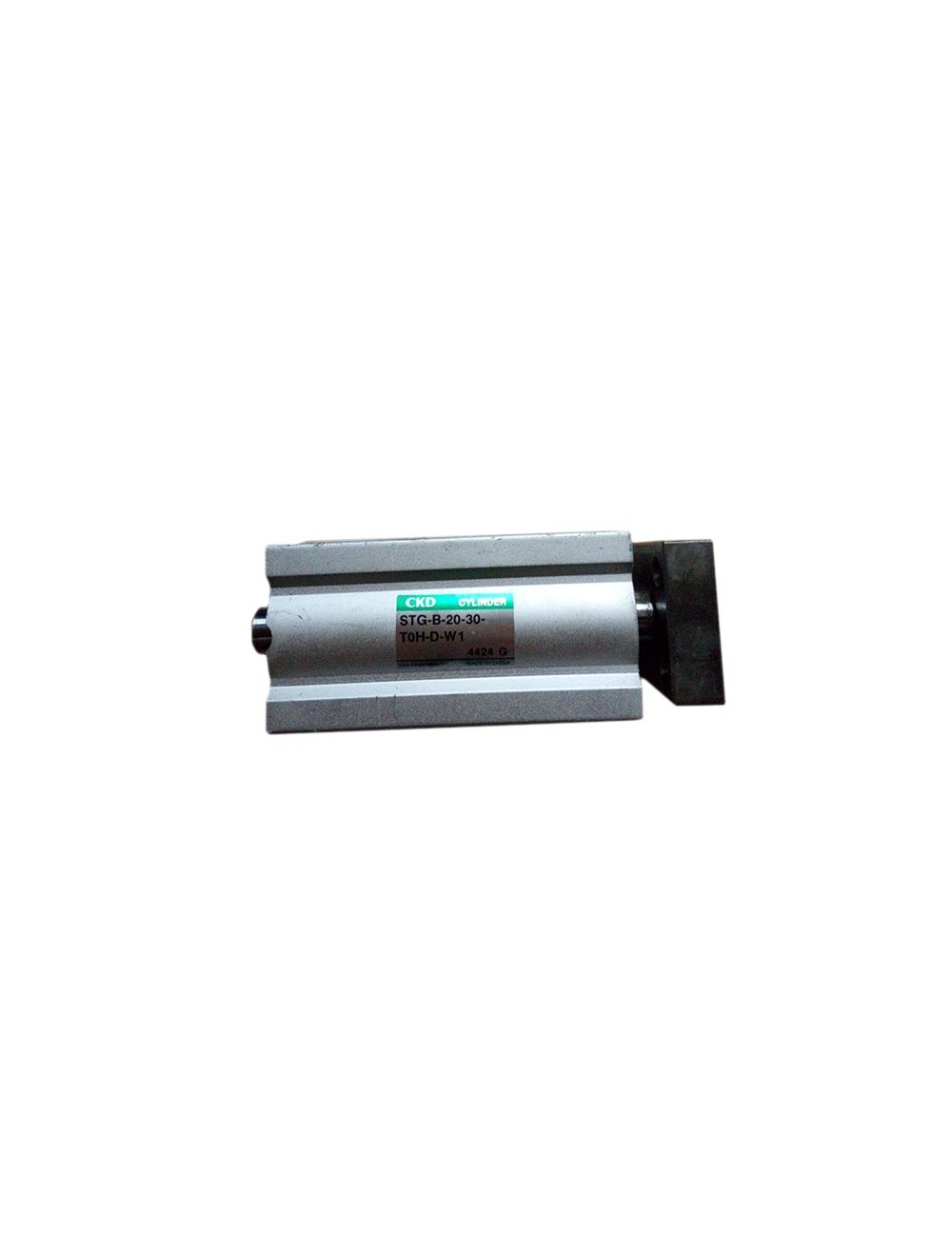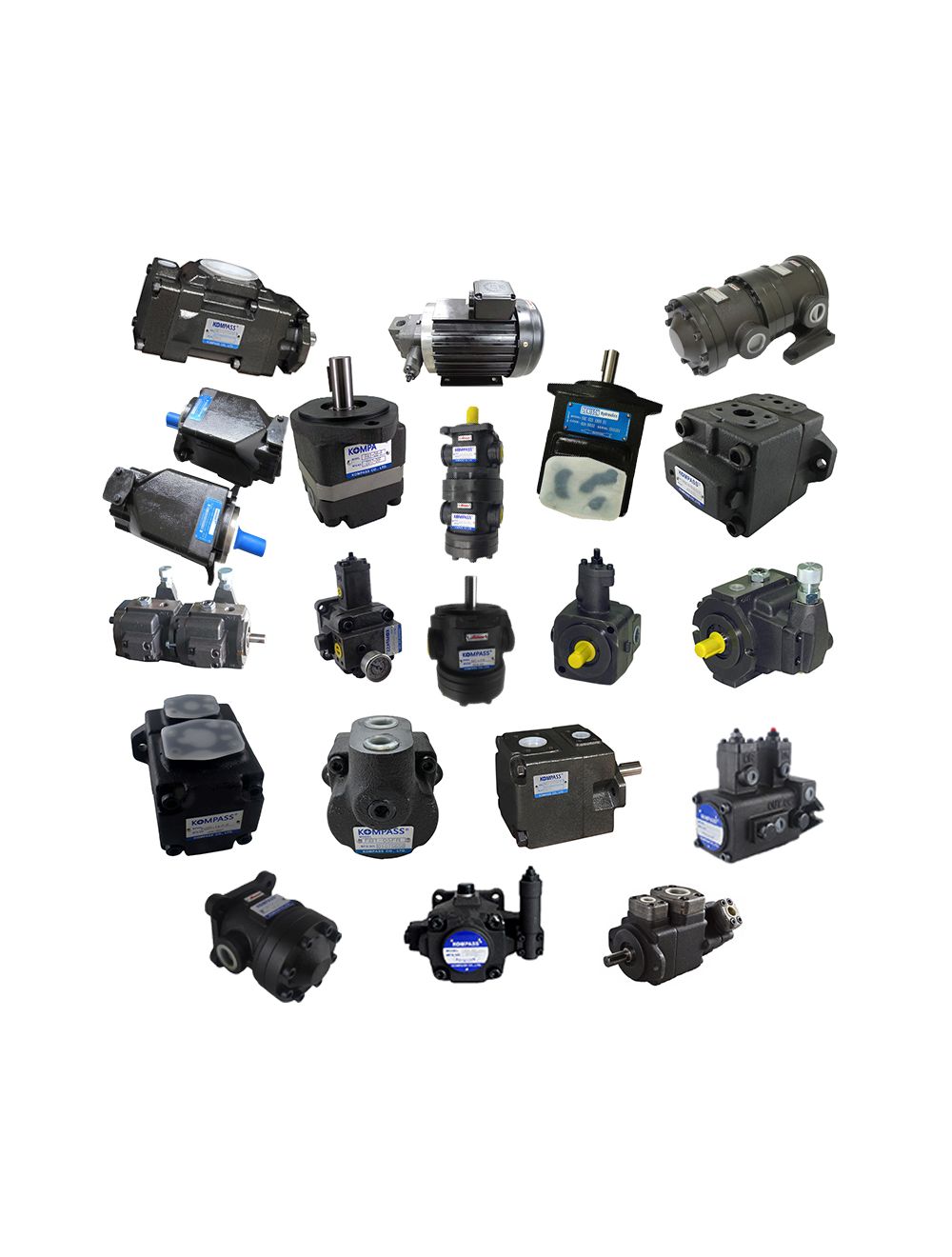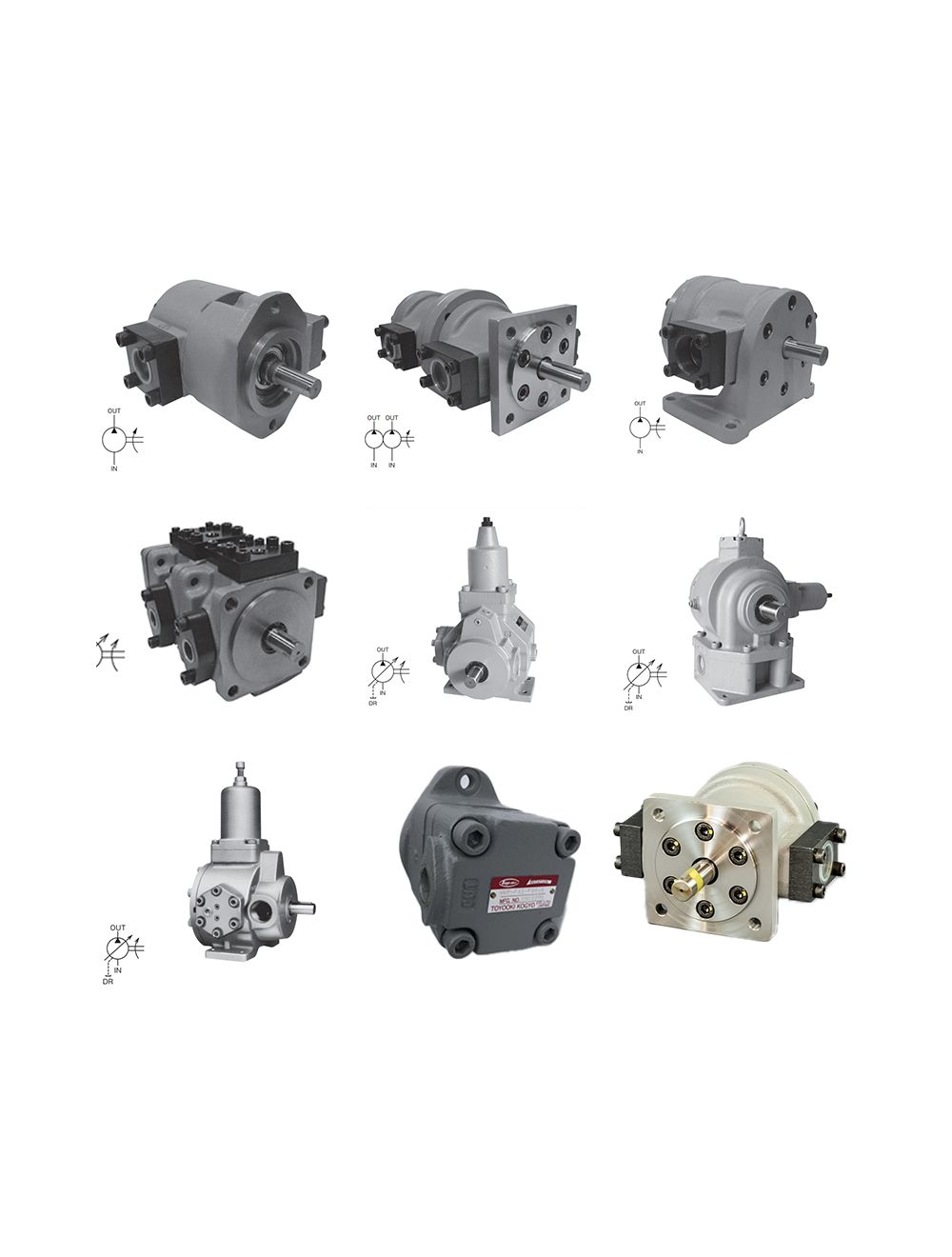Common faults and solutions of screw chillers
Low voltage overrun protection:
Solution: Replace or clean the filter element; clean the suction port filter.
Dirty or ice blockage at the inlet of the expansion valve:
Solution: Dirty blockage: remove the expansion valve and clean it. Ice blockage: replace the filter drier and run again.
Insufficient refrigerant:
Solution: Check for leaks and add refrigerant.
Small water flow:
Solution: remove the cause of the water pump and clean the water filter.
Water temperature is too low:
Solution: Increase the set value of the sensor.
Motor over temperature:
Solution: The cooling solenoid valve is faulty; the cooling pipe is closed or the flow is too low; the motor is damaged.
Exhaust temperature is too high:
Solution: The suction pressure is too low, the liquid in the evaporator is insufficient, and the overheating is too high, which causes the motor temperature and exhaust temperature to be too high; the condensing pressure is too high and the compression ratio is too large, which causes the motor temperature and the exhaust temperature to be too high.
High pressure protection, there is air in the refrigeration system:
Solution: Discharge air after stopping.
High pressure protection, poor cooling:
Solution: lower the water temperature; clean the condenser.
High pressure protection, too much refrigerant charge in the system:
Solution: Pump out part of the refrigerant.
Oil protection pressure:
Check solution: replace or clean the filter element; check the oil pressure switch.
The high pressure is too low and the cooling water temperature is too low:
Solution: increase the cooling water temperature; reduce the cooling water flow
Cooling water flow switch protection / water cut or water flow is too low:
Solution: clean the water filter and check the water pump
The compressor cannot be started:
Reverse phase, phase loss, over or under voltage: Solution: repair the circuit or adjust the phase sequence.
The motor windings are burned out or the shaft is hung: Solution: repair or replace the compressor.
The parameter setting is incorrect: Solution: reset.
The water temperature sensor is wrong: Solution: Replace.
Insufficient cooling capacity:
Insufficient refrigerant, solution: add refrigerant
The expansion valve opening is not enough or blocked, the solution: increase the expansion valve opening to clean the blockage
The load is too large, the solution: reduce the output and increase the equipment
Compressor motor coil temperature protection, solution:
The motor load is too large, and the spray cooling device is poorly cooled or closed.
The coil protection switch is faulty.
The electrical system is defective and the temperature rise is too high.
The motor coil is defective and the temperature rise is too high.
The motor temperature setting value is wrong or the motor temperature display value is faulty, resulting in cooling failure.
The high-voltage cabinet is faulty.
The compressor cannot be loaded, the solution:
The ambient temperature is too low and the lubricating oil viscosity is too high.
The capillary is blocked.
Foreign matter in the discharge hole of the capacity adjustment solenoid valve is stuck and cannot be closed.
Rong adjust piston stuck.
The capacity adjustment oil circuit is blocked.
The crude oil filter or essential oil filter is clogged.
The oil supply pipeline is faulty, the oil supply pressure is insufficient or the oil cannot be supplied.
Unable to establish differential pressure for oil supply.
The compressor cannot be unloaded, the solution:
The coil of the adjustable solenoid valve is faulty
The volumetric piston ring cannot be completely airtight due to wear, and a large amount of refrigerant enters the volumetric hydraulic cylinder.
The amount of lubricating oil is insufficient. (The oil level is too low or the oil supply is insufficient)
The exhaust end cover gasket is damaged, and the gaseous refrigerant enters the hydraulic cylinder.
The control voltage of the solenoid valve coil is wrong.
Rong adjust piston stuck.
The unit control system is defective.
The oil supply pressure is too high.
The motor temperature is too high, the solution:
Cooling solenoid valve failure
The cooling line is closed or the flow is too low.
The motor is damaged.
The motor temperature is set too high.
The motor insulation is poor, and the solution:
Compressor motor wire connector is wet or exposed
Defective compressor motor.
The compressor motor terminal is defective or jammed or foreign matter.
Poor insulation of electromagnetic contactor or vacuum circuit breaker.
Acidification inside the system destroys the insulation.
Long-term high-temperature operation of the coil results in deterioration of insulation.
Frequent start-up and deterioration of the coil.
The water content of the refrigerant is too high.
The motor cannot be started at full load and the capacity regulating valve has not returned to the initial state. Solution:
The voltage is too low or the voltage is wrong;
The starting voltage drop is too large;
Motor failure;
Under-phase, reverse-phase operation;
Motor protection switch action;
The wiring of the motor coil is wrong;
The exhaust shut-off valve is not open;
Restart immediately after the last downtime;
The wiring is not locked.
Abnormal vibration or noise, solutions:
Damaged bearing failure.
Compressor liquid compression.
The rotor is overheated and rubs against each other or the casing.
Loss of oil causes poor lubrication of machine parts.
Impulse resonance of capacity regulating valve
Poor piping, no flexible expansion and contraction cause unit resonance
Exhaust temperature is too high, solution:
The suction refrigerant is too hot (the refrigerant is insufficient, the expansion valve is abnormal).
High pressure is too high (liquid pipe blocked, poor cooling, too much refrigerant, air intrusion into the system).
Oil loss or oil level is too low.
The bearing is damaged and the rotor is rubbed.
The operating conditions deviate seriously from the design conditions.
The suction pressure is too low, the solution:
The filter or liquid line is blocked.
The compressor intake filter is blocked.
The refrigerant is leaking.
The flow rate of the ethylene glycol aqueous solution is too low or the concentration is too low
Electronic expansion valve failure (including failure of suction temperature and suction pressure).
It is recommended to check the refrigeration station once a month. The contents include:
Check whether the refrigeration system pressure is normal;
Whether the electrical circuit has poor contact, heating, aging, etc.;
Whether the three-phase power supply and three-phase current of the compressor, water pump, and oil pump motor are balanced;
Whether each fastening screw is loose;
Whether there is abnormal noise;
Whether the water filter should be cleaned or replaced;
Check whether the circulating water quality meets the requirements.
Common faults and solutions of screw chillers
Recent related posts
07/28/2020
Common faults and solutions of screw chillers
Low voltage overrun protection:<br></br> Solution: Replace or clean the filter element; clean the suction port filter.<br></br> Dirty or ice blockage at the inlet of the expansion valve:<br></br> Solution: Dirty blockage: remove the expansion valve and clean it. Ice blockage: replace the filter drier and run again
07/28/2020
Condenser cleaning judgment, method and operation are all here!
Condensers are prone to scale formation in the pipes after long-term use. If they are not treated in time, these scales will affect the heat exchange effect and cause the condensing temperature of the unit to increase,
07/28/2020
FAQs on refrigeration compressors, do you know these?
Impurities entering the friction surface of the moving parts in the compressor pump body will cause abnormal scratches and wear. Impurities entering the solenoid valve, expansion valve, control valve
07/28/2020
Overview of refrigeration compressor classification
The compressor is the core equipment in the refrigeration system. Only by converting electrical energy into mechanical work and compressing low-temperature and low-pressure gaseous refrigerant into high-temperature and high-pressure gas can the refrigeration cycle be ensured
07/27/2020
Selection and comparison of compressors
1. Piston compressor (the work of the piston compressor is the continuous change of the working volume formed by the cylinder, the valve and the reciprocating piston in the cylinder).
07/27/2020
The use and maintenance operation of screw unit
Parallel unit: generally composed of the same type of compressor, but also can be composed of different types of compressors. It can be composed of the same type of compressor, or it can be composed of different types of compressors (such as piston machine + screw machine). As shown below:
07/27/2020
The working principle of screw unit and common failure analysis
1. Refrigeration cycle and pressure enthalpy diagram<br></br> The refrigeration cycle of a screw chiller can be represented by a pressure-enthalpy diagram. The main state points are shown in the diagram, which will be used in the following discussion.
07/27/2020
In order to extend the life of the screw unit, these failures must be avoided
During the use of screw chillers, there are some failures, such as high pressure failure, low pressure failure, low valve temperature failure, compressor overheating failure, communication failure, etc.,
07/27/2020
Do you know the reasons for the attenuation of the cooling capacity of the screw refrigeration unit?
Lithium bromide absorption refrigeration units are a type of refrigeration equipment that will inevitably produce cold capacity attenuation.
07/27/2020
What should I do if the compressor burns out?
Why does the compressor burn the motor? What is the cause of the burn-in phenomenon? A summary of the reasons for motor burn-in can be divided into: load, power supply, motor insulation, and lack of equivalence.
Customers frequently viewed
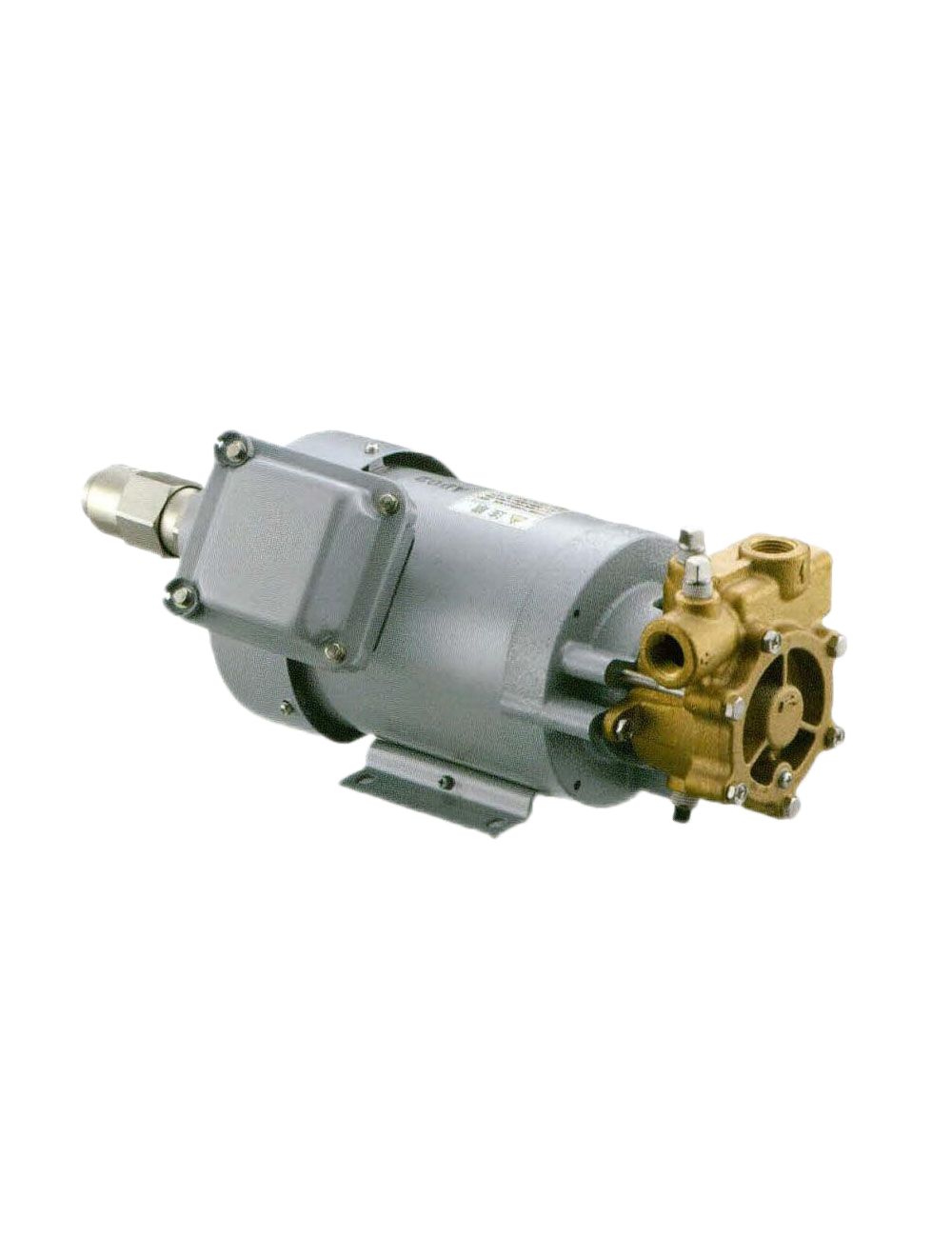
IWAYA DENKI Water Pump 25CJT0752

Panasonic Servo Motor MHMF022L1V2M
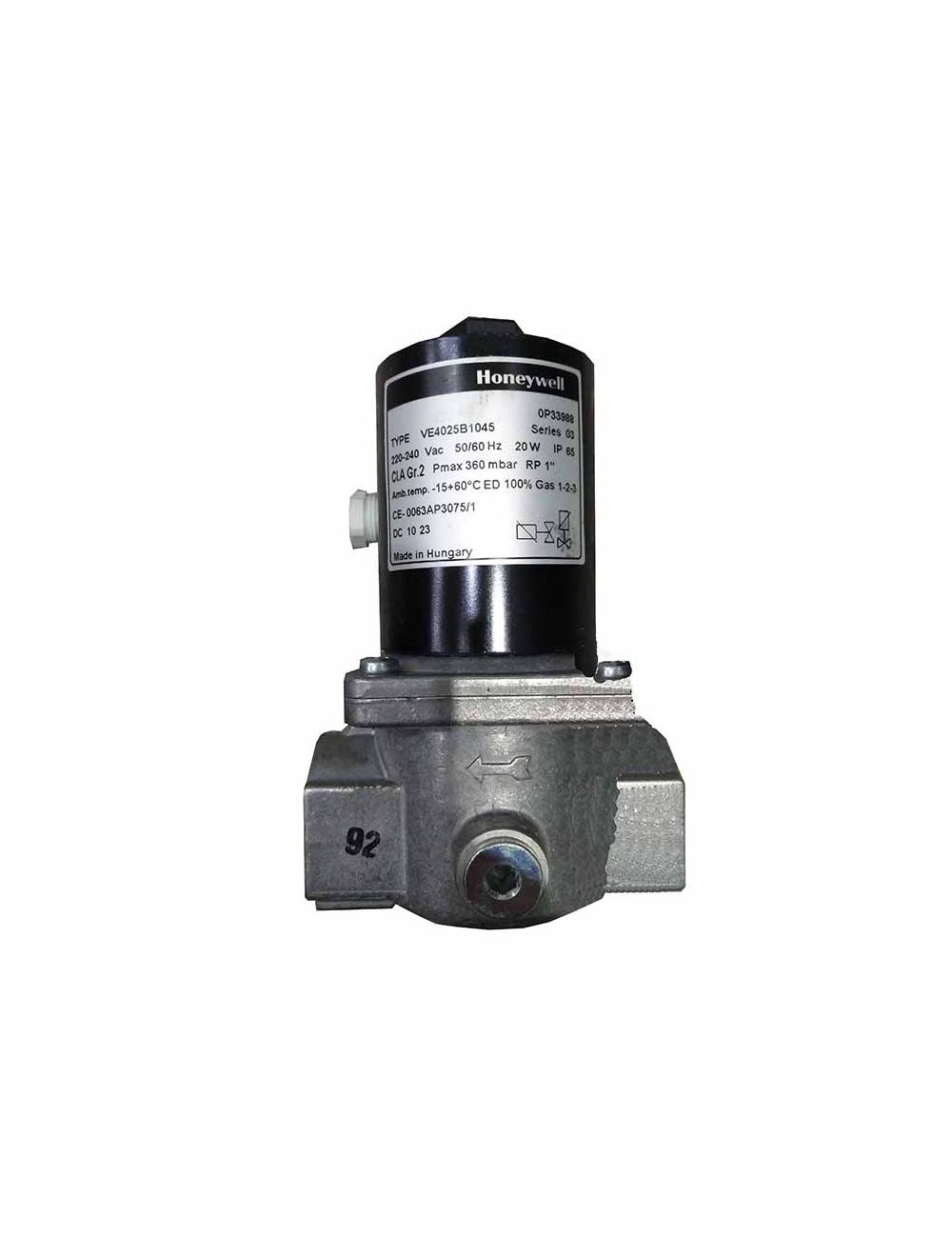
Honeywell Solenoid Valve VE4025B1045
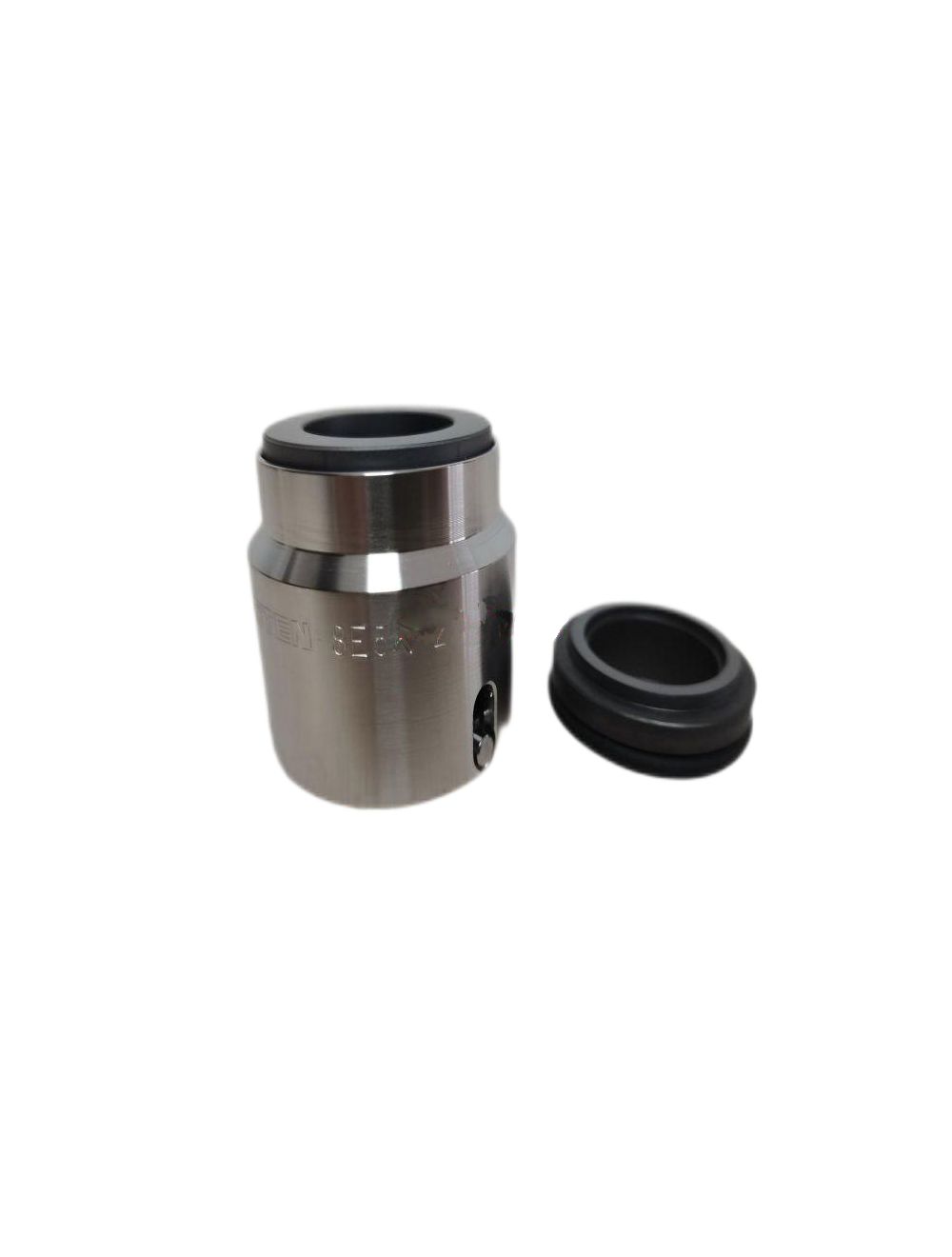
ROTEN Mechanical Seal 8E5K-22-X

CKD Solenoid Valve AD11-10A-02C-AC220V

KOGANEI Solenoid Valve HA040-4E1
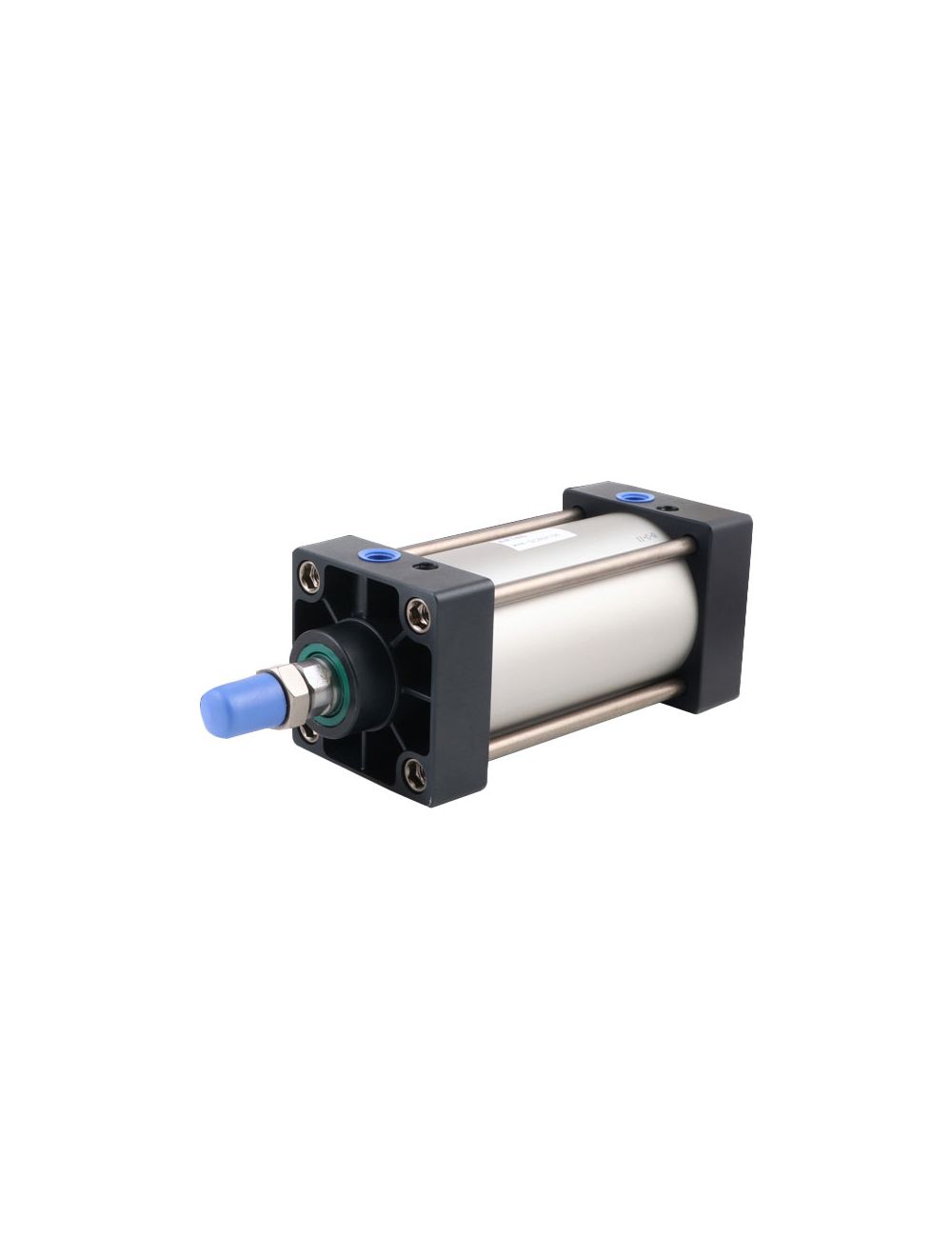
AirTAC Air Cylinder SC50X325S
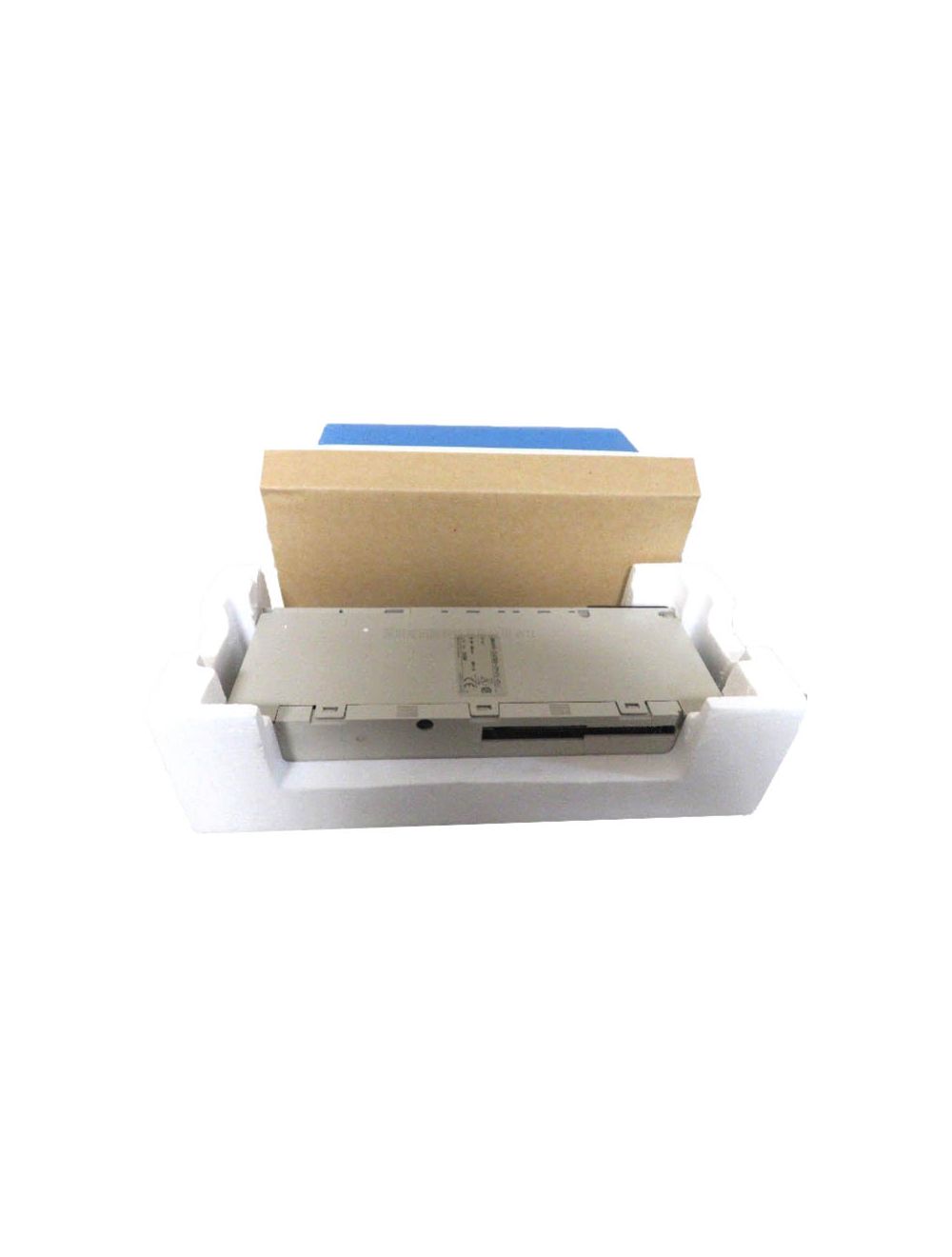
Omron PLC CV1000-CPU01-EV1
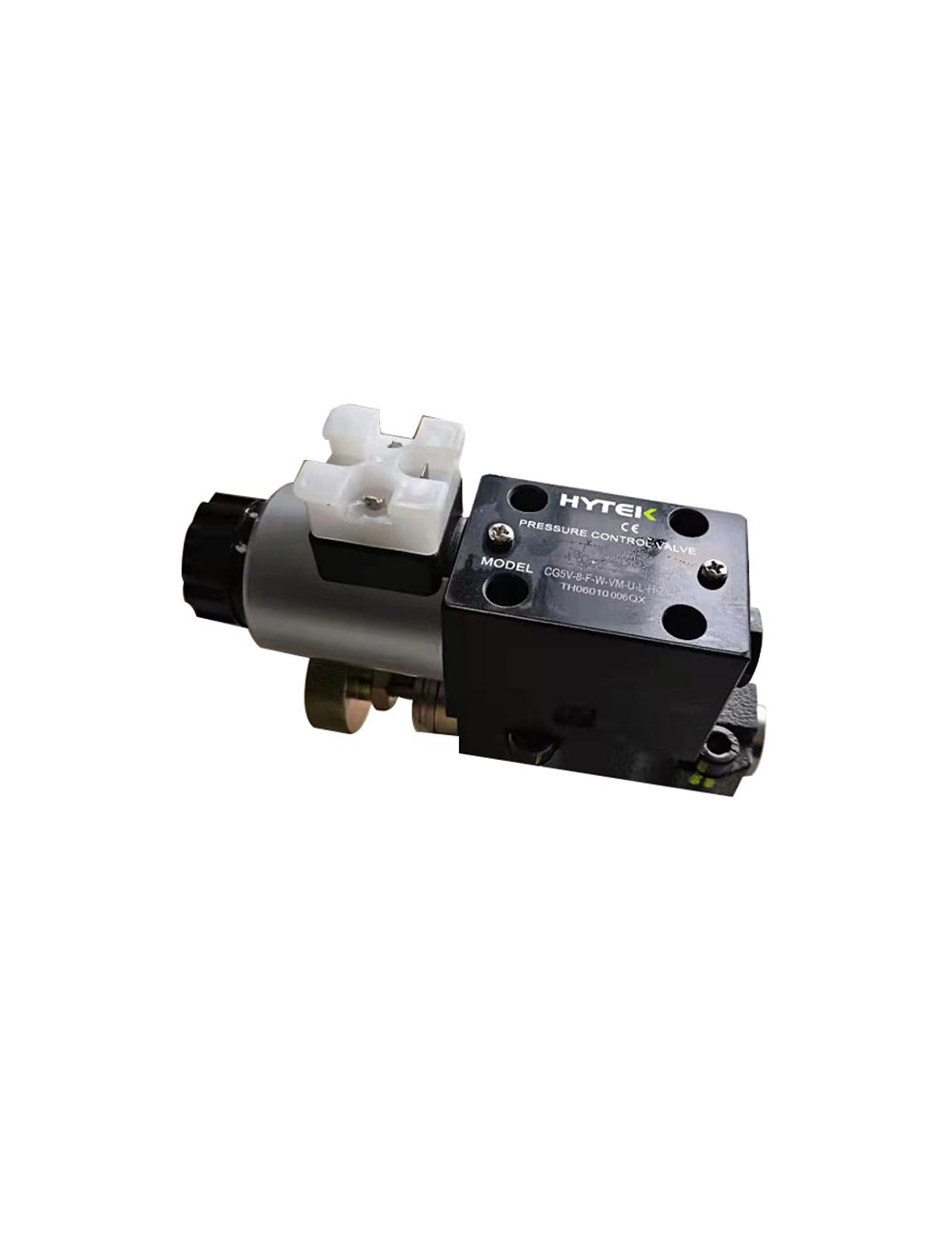
HYTEK Overflow Valve DG4V-5-OA-U-L-H-69H


